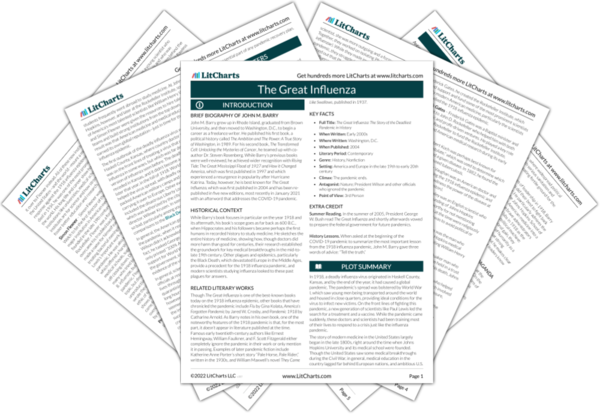As this passage shows, epidemics aren’t just a medical issue but also a political one. They can spur positive political outcomes (reform, funding for research) but also negative ones (partisanship, repression). Gorgas’s position suggests that public health officials must not only be experts in medicine, but must be able to navigate politics as well.
